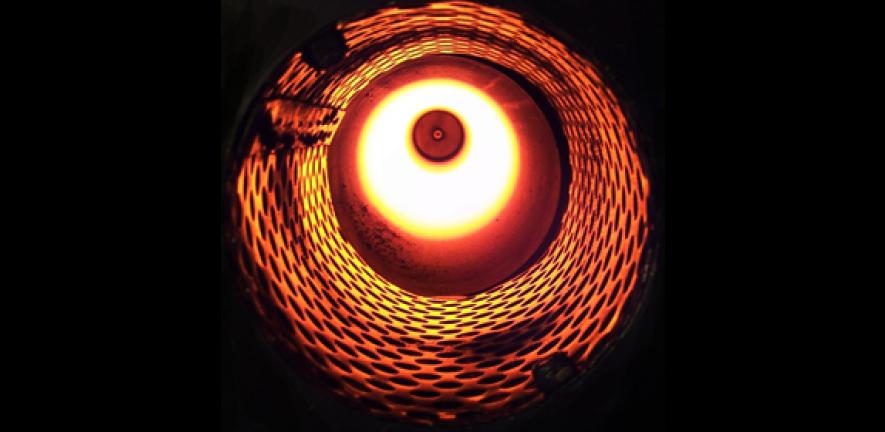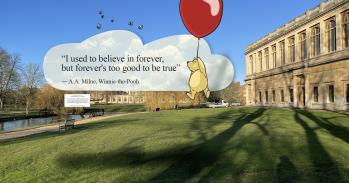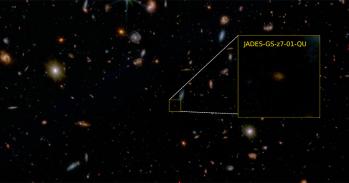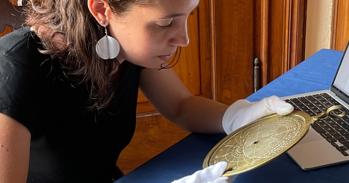
Cambridge academics to participate in Royal Society Summer Science Exhibition
Cambridge academics to participate in Royal Society Summer Science Exhibition
The Royal Society science summer exhibition is the perfect occasion to engage with the public at different age groups and different backgrounds
Krzysztof Koziol
From the future of electronics to the history of space, Cambridge scientists will be demonstrating the broad spectrum of research taking place at the University as part of next week’s Royal Society exhibition.
The Summer Science Exhibition is an annual display of the most exciting new science and technology research from leading UK universities, and this year two of the 24 exhibits will be led by Cambridge research teams.
Dr Krzysztof Koziol and Agnieszka Lekawa-Raus of the Department of Materials Science and Metallurgy will discuss revolutionary new conductor materials that could entirely change the way we use electricity. Their research into carbon nanotubes, a way of forming incredibly lightweight and flexible cables from carbon could have global implications. Carbon nanotubes (CNT) are the result of a unique manufacturing process which looks like that of candyfloss.
“The Royal Society science summer exhibition is the perfect occasion to engage with the public at different age groups and different backgrounds,” said Dr Krzysztof Koziol. “We are very grateful to the Royal Society for selecting us this year and allowing us to present our exciting work on developing these new exciting materials as well as demonstrating the potential of these materials in real prototypes of devices, including motors, generators, transformers, high performance wires.”
Elsewhere at the exhibition, Andrew Jaffe, Daniel Mortlock and David Clements of the Kavli Institute for Cosmology will be revealing ground-breaking data collected by the Planck satellite. Since its launch in 2009, it has surveyed the entire sky to analyse Cosmic Microwave Background (CMB), the relic radiation created by the Big Bang which becomes ever-more dispersed over time. The satellite’s findings not only help reveal how the first stars and galaxies were formed, but also the physics behind the Big Bang and the origins of the universe itself.
The exhibition, now in its eleventh year, offers visitors of all ages a unique insight into world-class scientific research by offering hands-on activities and the opportunity to speak to scientists face to face. Participants are also encouraged to start the conversation ahead of the event via the exhibition website’s questions section.
The Royal Society Summer Science Exhibition 2013 will be held from 2 July - 7 July at Carlton House Terrace. Entry is free, all children must be accompanied.
For more information log on to http://sse.royalsociety.org/2013
This work is licensed under a Creative Commons Licence. If you use this content on your site please link back to this page.





